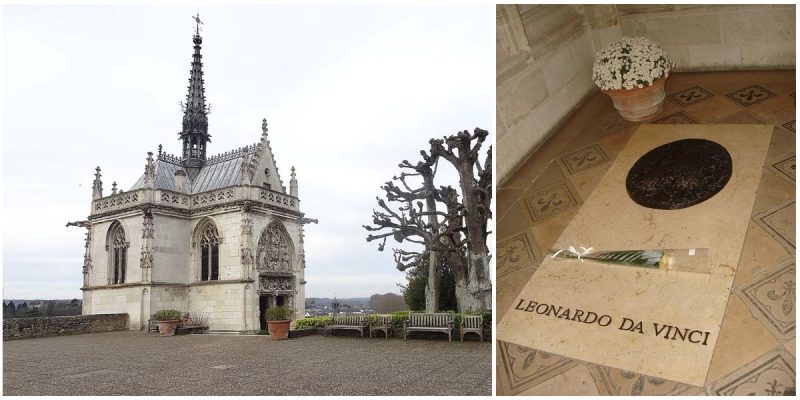The Royal Château at Amboise in the Loire Valley in France is a medieval fortress, refitted in a royal residence in the 15th and 16th century during the reigns of King Charles VIII and King Francis I.
From the second half of the 16th century, the residence fell into decline, and it was restored when Amboise belonged to Louise of Savoy, the mother of King Francis I. King Francis I maintained the royal residences at the château of Amboise and Blois. In 1516, the King invited the famous painter, engineer, and architect Leonardo da Vinci to work and live in the town.
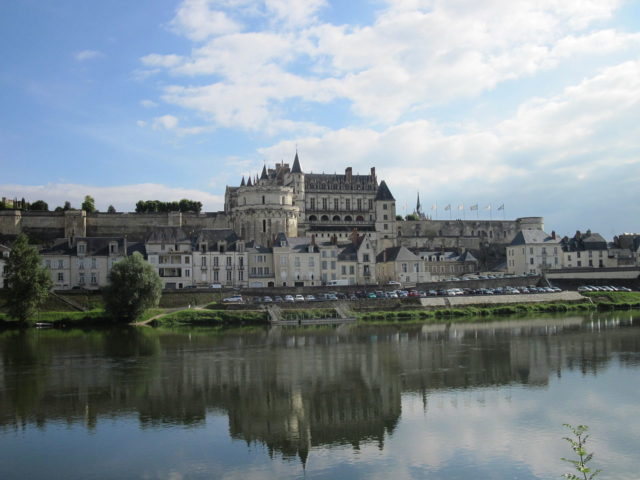
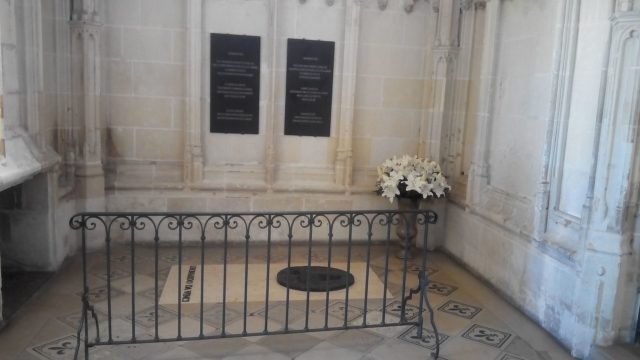
When he was 64-years-old, da Vinci came to France and was lodged at Cloux Manor which was nearby the royal chateau of Amboise. His work included architecture and urbanism. Some authors claim Leonardo worked on the project of the Château of Chambord and the palace of Romorantin. When da Vinci died, on 2nd May 1519, he was buried in the church of Saint-Florentin which was part of the château.
During the French Revolution, the church was ruined, and Napoleon’s engineers thought that there is no point in preserving it. A half century later, the site of the church was excavated, and a skeleton was found with some inscriptions on a fragment of stone which contained letters of da Vinci’s name. The skeleton was then moved to the chapel of Saint-Hubert.
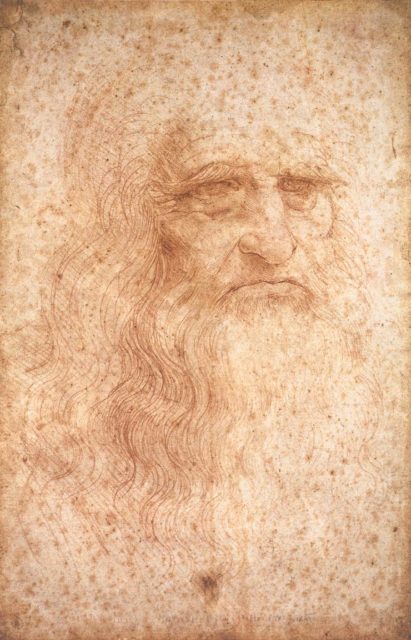
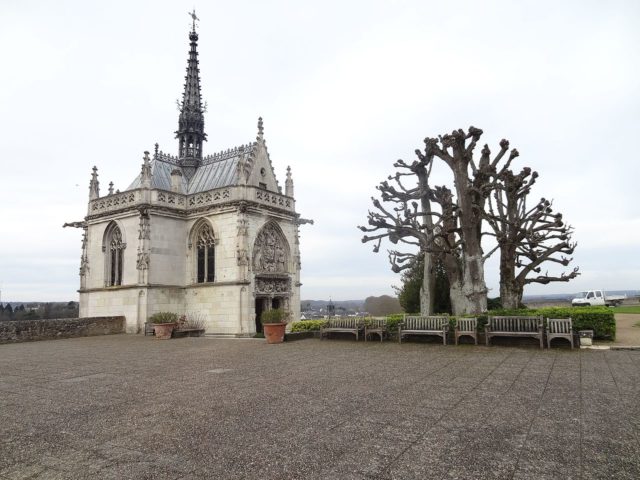
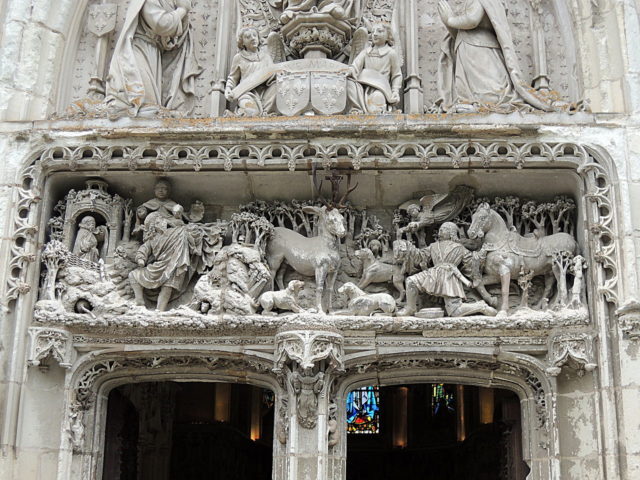
The neo-Gothic chapel was built between 1491 and 1496 in the garden of Clos Muce’s castle; at the time, the entire complex was much bigger than today. It is a small and elegantly decorated chapel, separated into the tomb area and the nave area. The tomb of Leonardo is a simple granite grave, and it has a bronze medallion with an inscription of him.
Near the tomb, on the wall of the chapel, there is an epitaph to Leonardo which tells the story of his final years when he was the first painter of King Francois I and the transfer of his bones from the church of Saint-Florentin to this chapel.
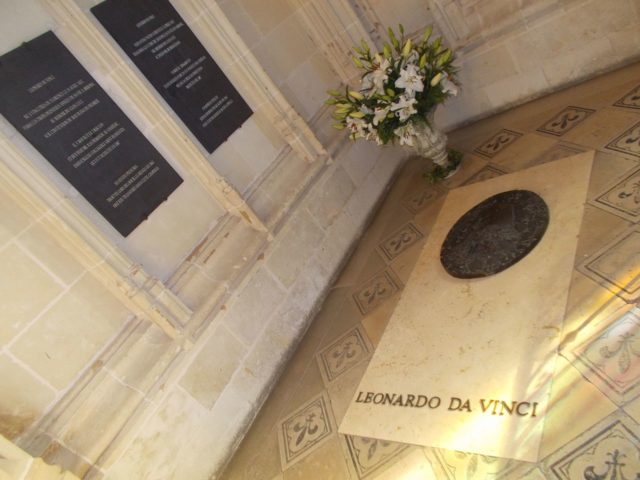
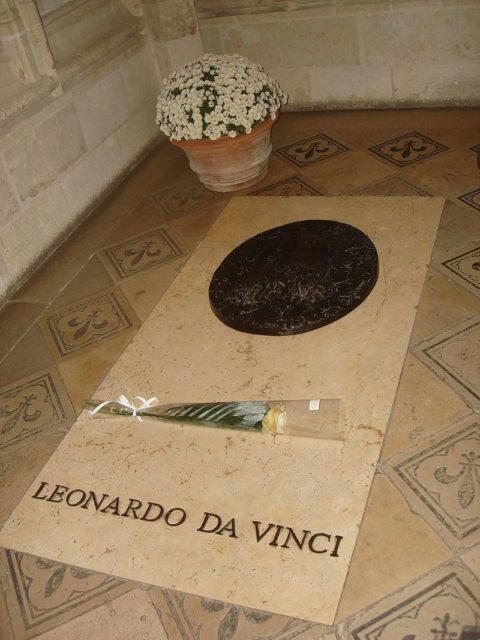
The whole complex at Amboise, including the royal château and the chapel, are open to the public. Visitors all around the world come to pay their respect to the Renaissance genius and to admire the amazing interior and exterior of the château.
Twenty years after da Vinci’s death, the sculptor Benvenuto Cellini said to King Francis I that Leonardo is still the only man in the world who knew so much about architecture, painting, sculpture and philosophy.
